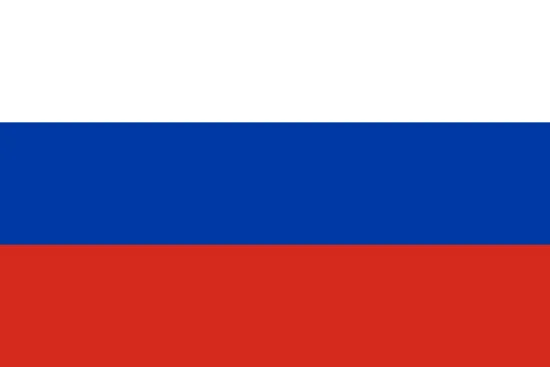
Z3V Series infrared photoelectric sensor U shape photo electric switch groove type dual way control deviation sensor
>= 1 Piece(s)
US $65.00
Top Selling




- OVERVIEW
- SPECIFICATIONS
- OTHER
Main Characteristics
Fewer restrictions on detected objects: Since the detection principle is based on the shading and reflection caused by the detection object, unlike the proximity sensor, which limits the detection object to metal, it can detect almost all objects such as glass, plastic, wood, and liquid.
Short response time: The light itself is high-speed, and the circuit of the sensor is composed of electronic parts, so there is no mechanical operation time, and the response time is very short.
High-resolution: High resolution can be achieved by concentrating the projection beam on a small spot through advanced design technology, or by forming a special light-receiving optical system. Detection of tiny objects and high-precision position detection are also possible.
Can realize non-contact detection: The detection can be realized without mechanical contact with the detection object, so there is no damage to the detection object and the sensor. Therefore, the sensor can be used for a long time.
Easy to adjust: In the type of projected visible light, the projected light beam is visible to the eye to facilitate adjustment of the position of the detection object.
Key Technical Parameters
| Model type | Z3V-2E21 | Z3V-2E22 |
|---|---|---|
| Checking mode | Single output mode | Double output mode |
| Fork width | 30mm |
|---|---|
| Voltage supply | DC10-30V±10% wave<10% |
| Currency load | 80mA (max) |
| Output voltage | VH≤VC-1.7V VL≤1.5V |
| Output mode | Operate with light or without light |
| Response time | 0.1ms |
| Environment protection temperature | Work at -15℃~65℃ Storage at -25℃~80℃ |
| Connection wire | Φ4PVC 4-core cable L=2m |
| Shell material | Metal |
Shell Size

Working Pic

Parts

Install examples
1. For unwinding: take the pre-set detector position as the reference to carry out material feeding, and control the snake-shaped correction of the coil through the left and right movement of the unwinding trolley. The edge of the material is photoelectrically monitored, and the position needs to be static. The unwinding frame cooperates with the guide rail, the actuator is pushed, and the red part needs to move.

2. For winding: walking based on the position of the detector pre-set on one side of the winding trolley, moving the coil material left and right to achieve the control of coil material serpentine correction. The winding frame cooperates with the guide rail, and the actuator pushes the winding frame and the photoelectric together. (The material roll holder and the photoelectric switch are activated together)

3. Used for the middle roller guide system: on the coil processing line, the deviation correction control system is set before the position where the coil needs to be controlled in a serpentine manner in the middle of unwinding and rewinding. The edge of the material is photoelectrically monitored, and the position needs to be static. The roller guide system cooperates with the guide rail, the actuator pushes, and the red part needs to move.

Tips: More Applications
photoelectric sensors that use photoelectric elements as sensitive elements have a wide variety of uses. According to the output properties of the photoelectric sensor, it can be divided into two categories:
(1) A photoelectric measuring instrument made by converting the measured object into a continuously changing photocurrent, which can be used to measure the intensity of light and the temperature, light transmission ability, and displacement of objects. And physical quantities such as surface state. For example: an illuminance meter for measuring light intensity, a photoelectric pyrometer, a photoelectric colorimeter and a turbidimeter, a photoelectric alarm for fire prevention, and an automatic detection device for checking the diameter, length, ellipticity and surface roughness of the processed parts and The sensitive components of the instrument all use photoelectric components. Semiconductor optoelectronic components are not only widely used in the civilian industry, but also play an important role in the military. For example, lead sulfide photoresistors can be used to make infrared night vision devices, infrared cameras and infrared navigation systems, etc.;
(2) convert the measured into photocurrents that continue to change. A variety of photoelectric automatic devices made by utilizing the characteristics of "with" or "without" electrical signal output when photoelectric elements are exposed to light or no light. The photoelectric element is used as a switching photoelectric conversion element. For example, photoelectric input devices of electronic computers, switch temperature adjustment devices and digital photoelectric speedometers for speed measurement, etc.
More Choices






 العربية
العربية français, langue française
français, langue française हिन्दी, हिंदी
हिन्दी, हिंदी Bahasa Indonesia
Bahasa Indonesia فارسی
فارسی Português
Português русский
русский Español
Español Afrikaans
Afrikaans



